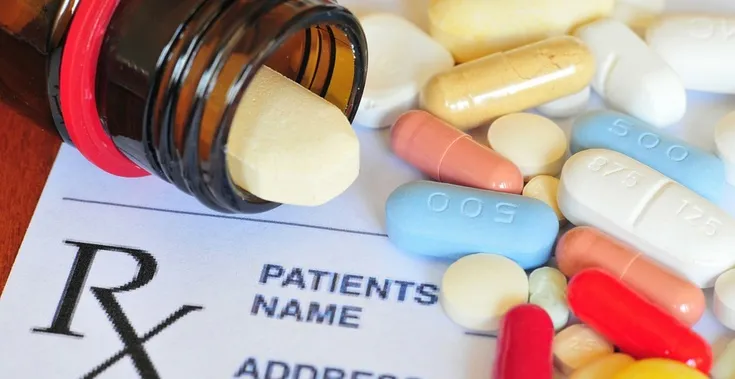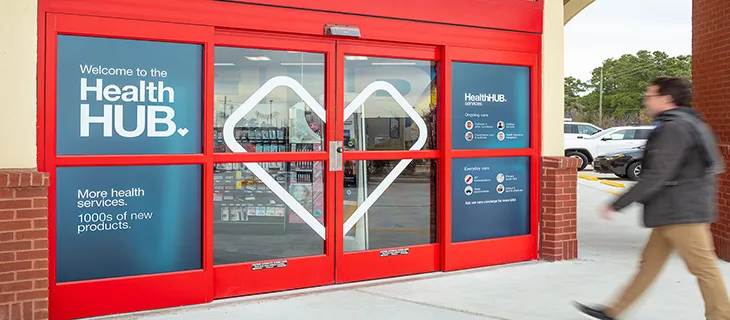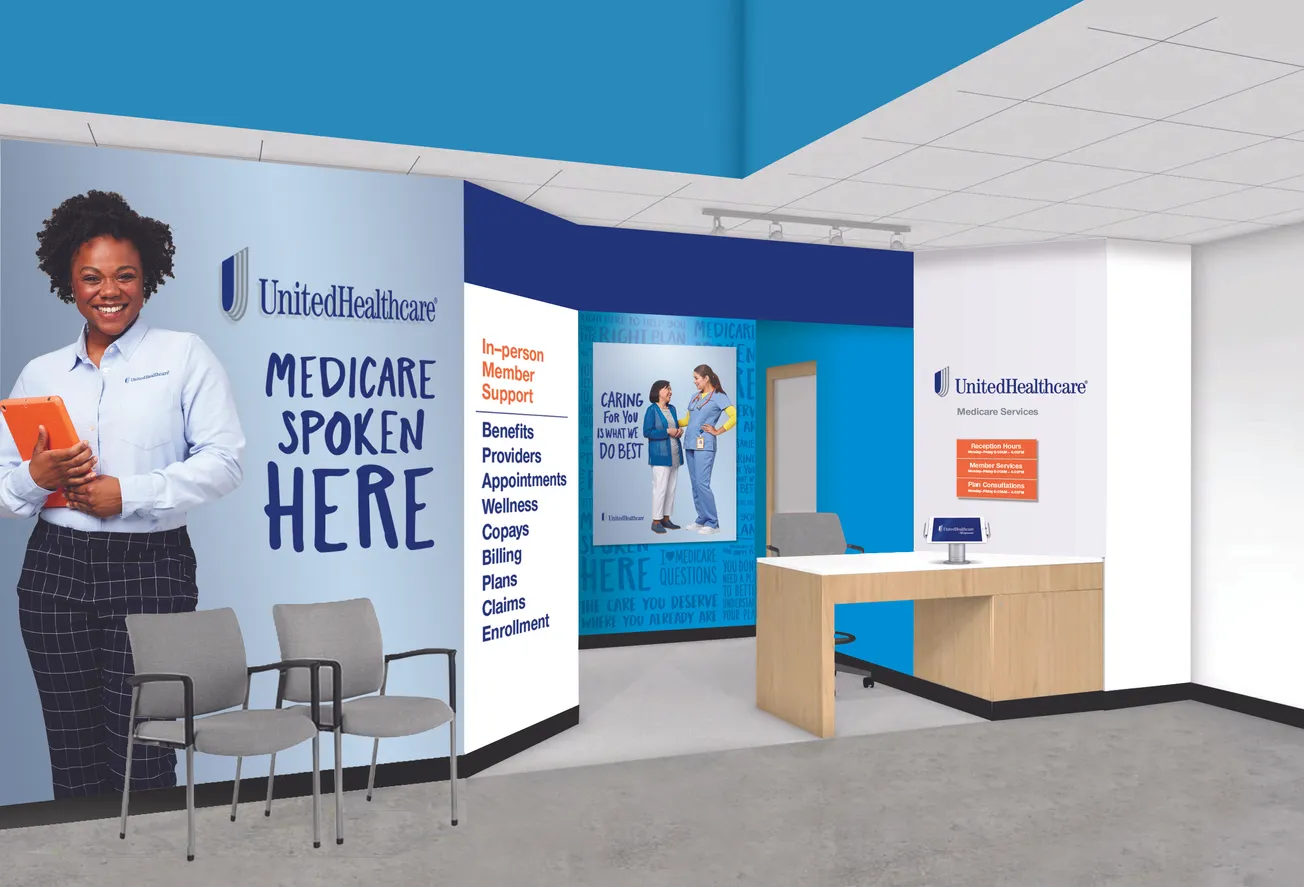Years ago, when I was a retail pharmacist at a local pharmacy in Brooklyn, it wasn’t uncommon for customers to come in to refill a medication that was originally prescribed to them after being discharged from one of the many area hospitals. It was even more difficult back then to track down the appropriate doctor to get the prescription information. Often times, after doing so, I wouldn’t hear back from the prescribing doctor for days or weeks, and sometimes I would never hear back. The experience was incredibly time consuming not only for me as a pharmacist but, more importantly, for the patient.

Larry King
I suspect many of us have similar experiences, which is what makes the new NCPDP SCRIPT v2017071 so valuable, particularly with functionality such as FollowUp Provider, which allows the prescribing doctor to clearly identify the appropriate provider to contact moving forward. The January 1, 2020, migration deadline is fast approaching.
Overall, the new standard will drive the modernization of electronic prescribing and medication reconciliation with access to patient prescription history data. This means improved patient safety and prescription accuracy, an environment where the doctor, pharmacist and patient can work together, and improved workflow efficiencies for health care providers and pharmacies.
The new SCRIPT standard includes hundreds of improvements that will help pharmacies communicate with each other: such as RxTransfer, helping fulfill patient requests to transfer their prescription to a different pharmacy; FollowUp Prescriber, connecting pharmacies with the correct doctor following discharge from a hospital or ER; and NewRxRequest, allowing for a request from a pharmacy to a prescriber for a new prescription.
This version also accommodates the e-prescribing of compounded prescriptions and, while previous versions of the standard have limited the sig field to 140 characters, NCPDP approved expanding it to 1,000 characters in SCRIPT v2017071. This will allow providers to display their intent with more complicated patient directions, and pharmacists to provide longer patient directions on prescription bottles without trying to shorten directions and lose clarifying information. This change will greatly improve medication directions that outline a tapering procedure that can otherwise be very confusing.
Continued adoption of CancelRx and RxChange will also better connect the provider and the pharmacy. In my past life as a pharmacist, canceling or changing a prescription meant sending a fax or making a phone call to the prescriber, which could take days. Now both functions can be done electronically — improving workflow, patient safety and prescription accuracy, as well as creating an environment that encourages doctors, pharmacists and patients to work together.
There are many other improvements contained in the new e-prescribing standard, such as:
• Allergies — A patient’s allergies can be sent using SNOMED codes.
• Brand Medically Necessary — This data element is being updated to meet CMS guidelines.
• Codified Notes — A brief list of standardized notes — e.g., “Needs Appointment” is being added.
• Do Not Fill — Prescribers may indicate that the prescription should not be filled because it is a cover prescription or should be kept on file until the patient requests it.
• International Address — A country code will be available to support international addresses.
• Prescriber Identifiers — Additional fields are being added to accommodate multiple prescriber identifiers — e.g., DATA 2000/NADEAN (the ‘X’ DEA number).
• Primary Language — The patient’s preferred language can be indicated if other than English, which is useful in general and is a requirement in some states.
• Prohibit Refill Requests and Follow-Up Prescriber Information — Prescribers may indicate that they do not want to receive renewal requests (e.g., in the case of emergency rooms or urgent care) and/or they can designate an alternate prescriber for follow-up.
• Substance Use — If applicable, the patient’s substance abuse history can be shared with pharmacy personnel.
• Urgent Rx — Allows a prescriber to request expedited dispensing of a particular prescription.
• Weight — Not new, but frequently requested, a patient’s weight can be sent in kilograms in the “Observation” field.)
As a pharmacist, how do you prepare for these changes? In continuing to modernize e-prescribing, most of the development efforts in implementing this technology is done behind the scenes on the technology side of the network. With that being said, for you as a pharmacist, preparing for the changes in NCPDP SCRIPT v2017071 is actually pretty simple:
• Be aware — Stay informed and know that the transition is coming and soon. While the majority of the work will take place behind the scenes with your pharmacy dispensing software, the more you are aware of these major changes, the easier the transition will be for you and your staff. Make sure you are up to date on industry guidelines.
• Expect changes and improvements — this is exciting stuff — but sometimes with change come hurdles and learning and adjustments. As we are accustomed to placing a phone call when we need to contact a prescriber, using the FollowUp Prescriber, RxTransfer and sending a NewRx may seem foreign at first, but it will provide you with greater time savings in the end.
• Get familiar with what’s available — I’ve mentioned only a few improvements that are being made. As a pharmacist, your day-to-day is about to get a whole lot better. Spend time reading through functionalities that will become available to you through NCPDP’s SCRIPT v2017071. Have a conversation with your pharmacy team to understand the new functionalities.
NCPDP’s SCRIPT v2017071 will improve the e-prescribing process in hundreds of ways, many of which are game changers for pharmacy staff. These are exciting improvements to the functionality of e-prescribing, and they are changes that will open doors to automate, streamline and improve the process for more efficient and safer prescriptions — and ultimately, for better patient outcomes.
Larry King is the manager of clinical informatics at Surescripts.









